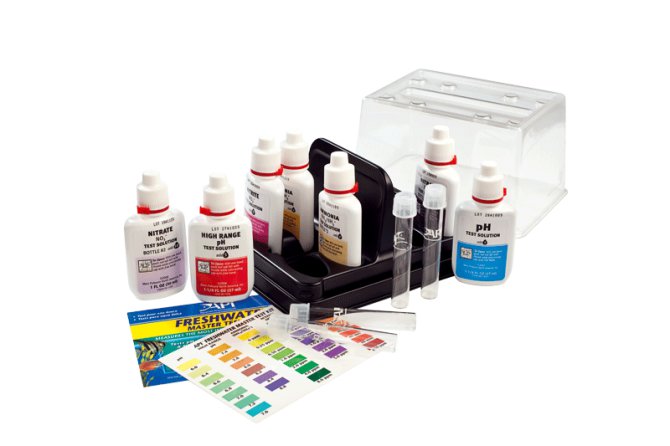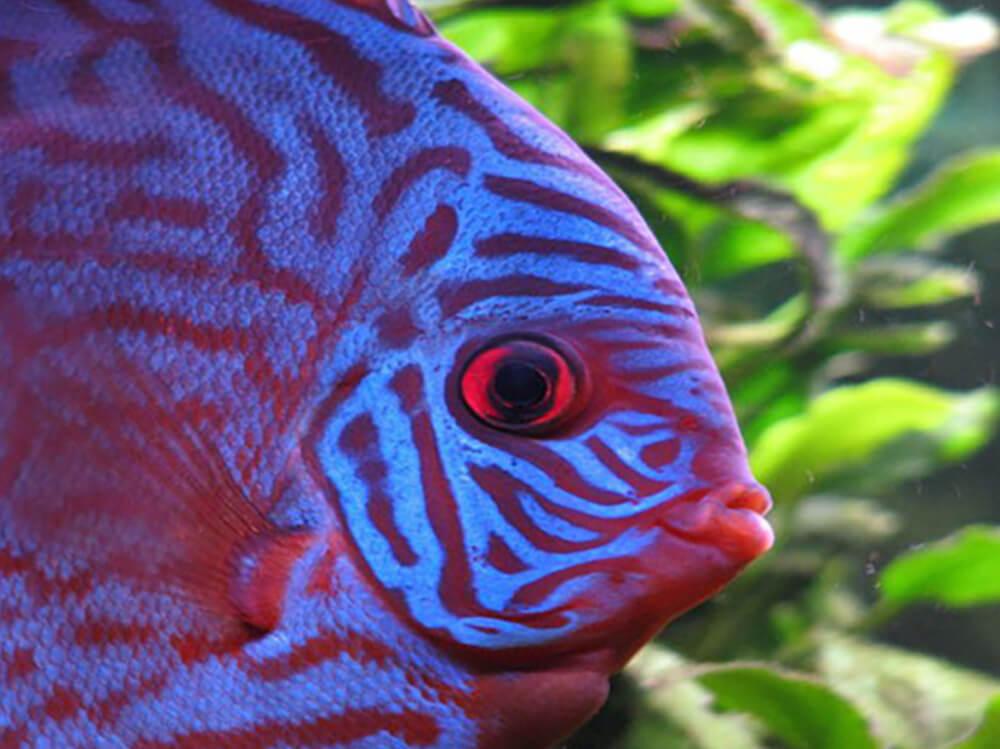How to lower pH in your aquarium?
Lowering the pH level in your Aquarium water is essential knowledge.
What is pH?
pH is a figure of measurement for acidity and alkalinity. The pH scale ranges from 0 to 14, with 0 being very acidic, 7 being neutral, and 14 being very alkaline.
Vinegar is a well known acid with a pH of 3, and bleach a well known alkali with a pH of 12. Most freshwater aquarium fish live in waters with a pH between 6 and 8, although there are some notable exceptions. Chocolate gourami, live naturally in a pH as low as 4, and Soda cichlids, a pH as high as 10!
Discus are well-known low pH lovers, whereas Malawi cichlids like it high, and many fish tank owners either raise or lower the pH in their water to better suit their fish.
Why is aquarium pH important?
Our fish have evolved and adapted over millions of years to suit specific types of freshwater. Give them water with a pH level that is the same as in their natural habitat and they will show better colours, be able to exhibit more natural behaviour, and breed.
Keep a low pH fish in high pH (or vice versa) and at best, it won’t be happy, but at worst it may die, as its body’s physiology is not adapted to function in such adverse water conditions.
The pH scale is logarithmic, meaning that a pH of 6 is ten times more acidic than pH 7, and 100 times more acidic than pH 8. That’s a big difference for an aquarium fish, so it's important that we keep the right species in the right pH.
How to lower aquarium pH
There are several ways that you can lower pH in your aquarium. The first way is to purify the water at its source. UK tapwater may be either low pH, neutral, or high pH. If it's high or neutral and you want to bring that pH down, the best way of lowering pH to filter it using Reverse Osmosis, or RO.
RO, is a process whereby tap water is passed first through a sediment filter, then through a carbon filter, then finally through a fine Reverse Osmosis membrane, which actually strips the minerals from the water which were causing it to have a high pH.
There are other benefits to using RO in fish tanks too, as it also removes chlorine, nitrates and phosphates, none of which you want in the average aquarium. Reverse Osmosis units are available which can be connected to a tap and a drain at home, and then the hobbyist can produce their own demineralised, dechlorinated, low pH water. Perfect for many fish.
RO can be further filtered via a fourth filter, a deionizer, which removes even more impurities like silicates and the end result being water that is very pure. So if your tap water has a high pH and you want a permanent source of low pH water, RO is the best solution long term.
Other ways to safely lower pH
The quickest way to lower pH levels in the aquarium is to use a product called pH Down. Add to the tank as directed and the carbonate hardness in the water is neutralised, and the pH goes down.
pH Down is most effective when used in water with a neutral pH, as the higher the pH, the more carbonate hardness that water will have, and something called buffering occurs. High carbonate hardness maintains a high pH, or pH can drop and then rise again, due to buffering.
You can also lower a tank's pH levels using peat moss, natural driftwood or carbon dioxide. Wood and moss slowly reduce pH where as a pressurised CO2 system for plants can lower pH within hours. Always use a pH indicator or drop checker to ensure the level of CO2 does not become too high in freshwater aquariums, and dangerous to fish.

Test your aquarium's pH
The pH of water cannot be guessed by looking at it, as both acid and alkaline water can be totally colourless. A pH test kit is necessary to test pH, especially if you intend to lower it, as water with a pH that is too low can be dangerous, even for low pH loving fish.
As aquarium water drops below pH 6 it can be vulnerable to something known as pH collapse. Here, pH drops rapidly from six to four or below, shocking newly introduced fish, burning existing inhabitants, and destroying the tank’s biological filter.
General hardness (GH) and carbonate hardness (KH) are both related to pH, so if you really want to know your water, test for pH, KH and GH, as well as ammonia, nitrite, nitrate and phosphate.
JBL TestLab includes all of those tests and more, and is an excellent choice for the discerning fishkeeper.
Acid, alkaline, soft or hard?
Low pH acidic water is often referred to as soft, and high pH, alkaline water, hard. Hardness is slightly different to pH, and instead refers to the KH and GH of the water, although pH, KH and GH usually go hand in hand, so acidic water is often referred to as soft, and alkaline water, hard.
Remineralise aquarium water
Even soft water fish appreciate some mineral content in their water, and it helps to prevent pH crash, so remineralise RO water with Re-Mineral Tropic
Fish which prefer a low pH?
- Discus
- Rams
- Cardinal tetras
- Pearl gourami
- Apistogramma
- Harlequin rasboras
- Betta fish
Fish which prefer a high pH?
- Guppies
- Platies
- Mollies
- Swordtails
- Lake Malawi cichlids
- Lake Tanganyika cichlids
- Brackish fish
Swell UK offers a wide selection of pH buffers to assist with your Aquarium water chemistry. Ensuring the correct balance of pH is tricky at first, but adding the correct buffer will adjust the water chemistry to your favour. Do not be disheartened if the level is not suitable at first. You will find adjusting the level takes time and can take several attempts before reaching a suitable level.










Comments 2